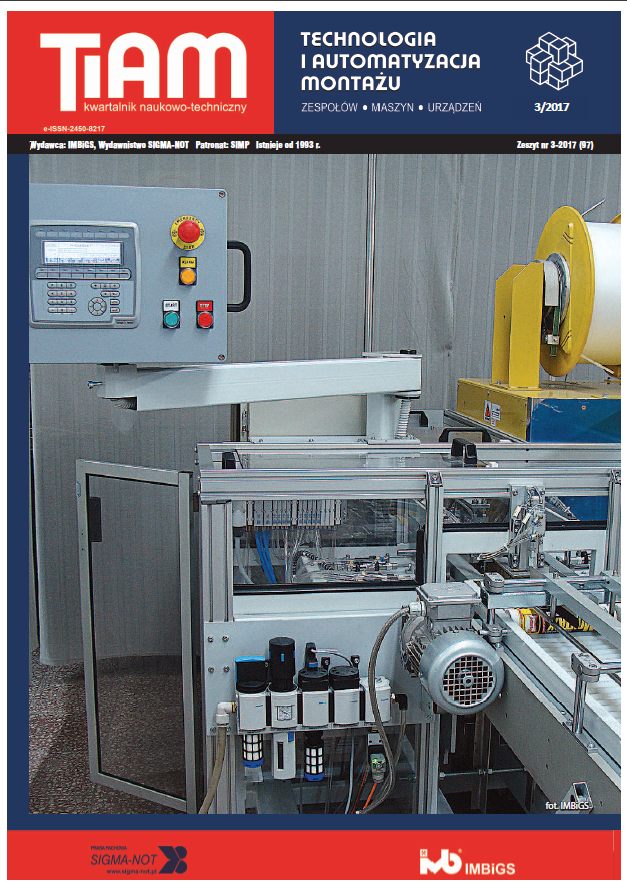Abstract
During the connection composite materials using glue weld there is a problem with a homogeneous distribution of the adhesive layer on the surface of the element, resulting in the formation of defects in the structure of the weld and reduce the active surface of the impact of adhesion forces the coupled material. There is the need to control the quality of the connection between the glued surfaces. The use of non-contact diagnostic methods enables the analysis of a larger area of the test which determines the efÞ cient process quality control. Compared the methods of detection of defects of bonded joints using active thermography with different excitations types with tomographic imaging. Analysis of diagnostic methods made it possible to speed up the process for Quality Control of welds for the group of materials.
This is an Open Access article distributed under the terms of the Creative Commons Attribution License CC BY 4.0 (https://creativecommons.org/licenses/by/4.0/)
References
Ekanayake S. et. al. 2017. „CT applied as a reference technique for evaluating active lock-in thermography in characterizing CFRP impact damage test samples”, 7th Conference on Industral Computer Tomography”, Leuven, Belgium.
http://www.visiooimage.com, dostęp 02.2017 r.
Kostowski E. 2006. „Przepływ ciepła”. Wydawnictwo Politechniki Śląskiej.
Liang T. et. al. 2016. “Low energy impact damage detection in CFRP using eddy current pulsed thermography”. Composite Structures, Vol. 143: 352–361.
Liu J. et. al. 2015. „Study on lock-in thermography defect detectability for carbon-fiber-reinforced polymer (CFRP) sheet with subsurface defects”. International Journal of Thermophysics, Vol. 36(5-6): 1259–1265.
Szczepanik M. i in. 2008. „Wykorzystanie systemów termowizyjnych do badań materiałów polimerowych”. Modelowanie Inżynierskie T. 5 (36): 279–286.
Szczygieł I. 2013. „Konwekcyjny przepływ ciepła”. Wydawnictwo Politechniki Śląskiej.
Więcek B., G. De Mey. 2011. „Termowizja w podczerwieni. Podstawy i zastosowania”. Wydawnictwo PAK.

